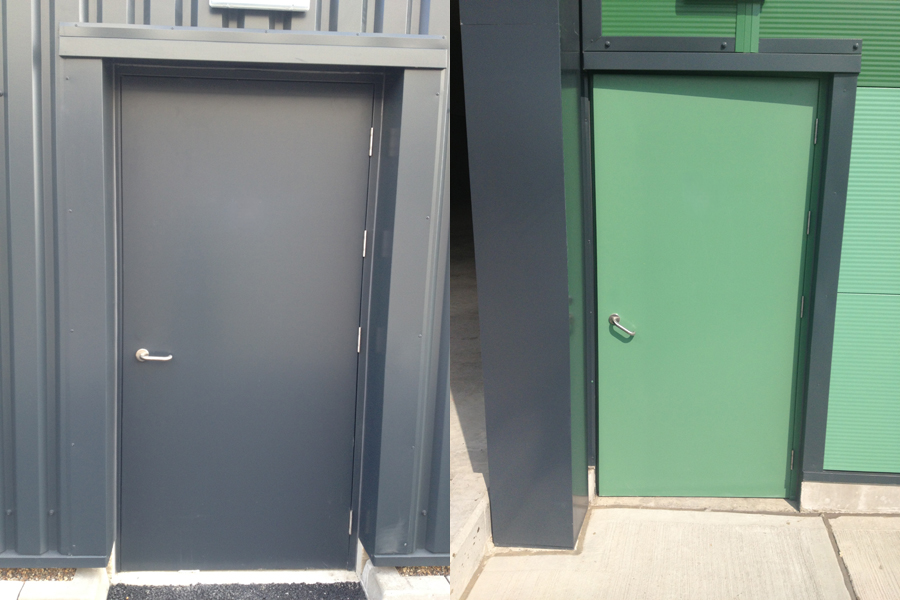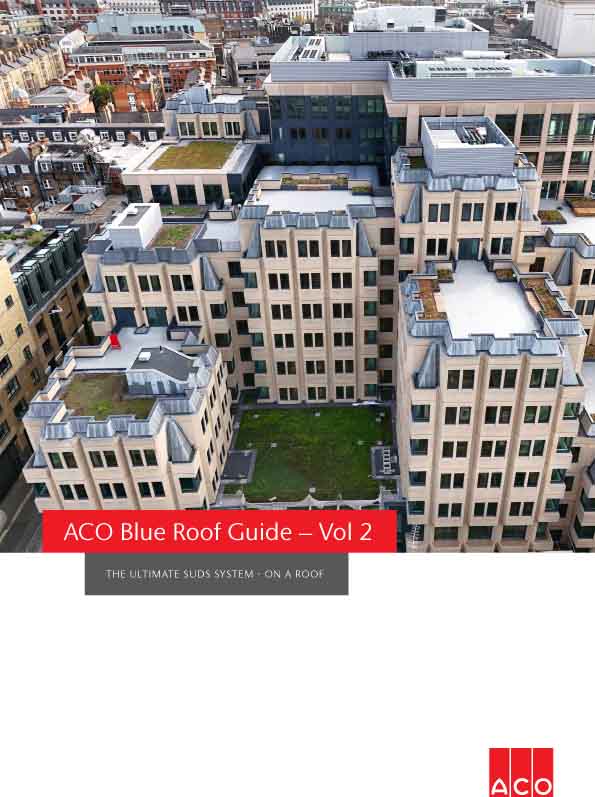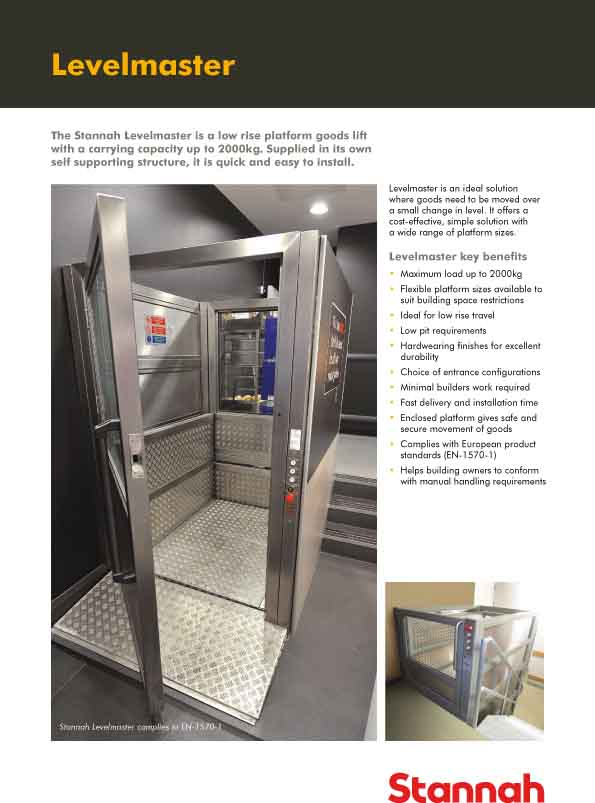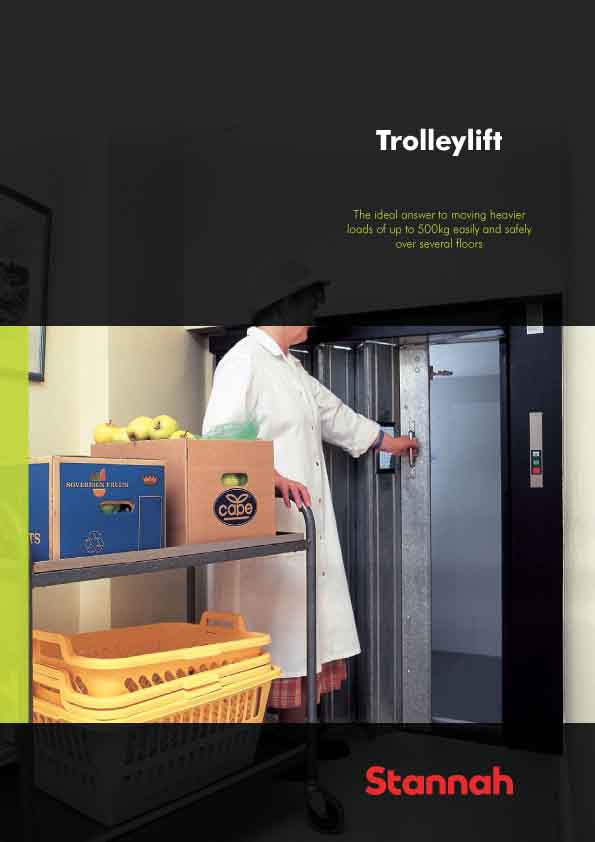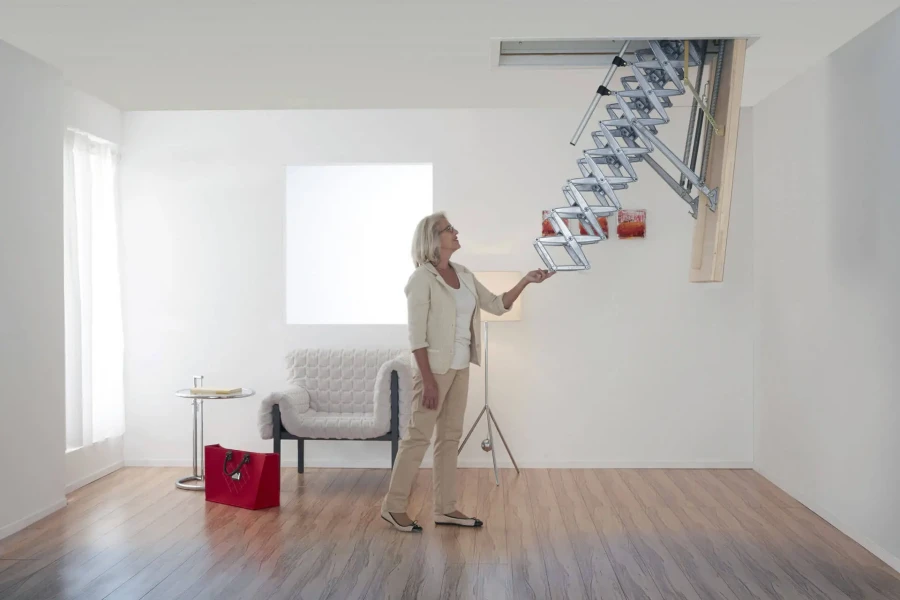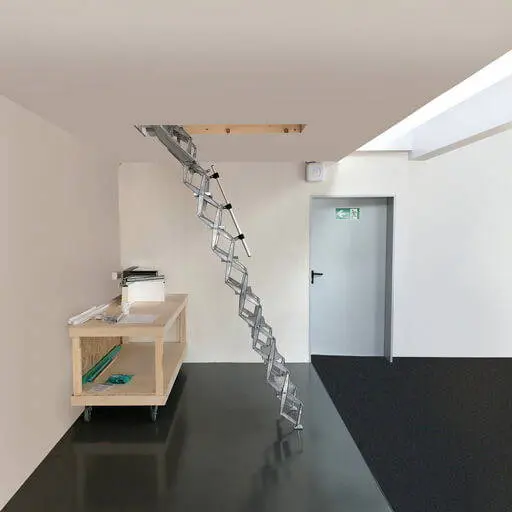The start of 2025 saw UK manufacturing production, new orders and employment continue to contract, as companies faced weak market conditions at home and abroad.
Cost burdens also swung higher, with input price inflation rising to a two-year high.
The seasonally adjusted S&P Global UK Manufacturing Purchasing Managers’ Index (PMI) posted 48.3 in January, up from December's 11-month low of 47.0. The PMI has signalled a deterioration in overall operating conditions in each of the past four months, with its level negatively impacted by four of its five components.
Output, new orders, employment and stocks of purchases all declined, whereas average vendor lead times lengthened. Manufacturing production fell for the third month in a row in January, albeit at the slowest pace during that sequence. Weak demand and lacklustre business and consumer confidence were the main factors underlying the latest scaling back of output volumes.
The downturn was centred on the consumer goods industry where the rate of decline accelerated to its sharpest since December 2023. The investment and intermediate goods industries were brighter spots, seeing output return to growth for the first time in three and four months respectively. The level of incoming new business decreased for the fourth straight month in January.
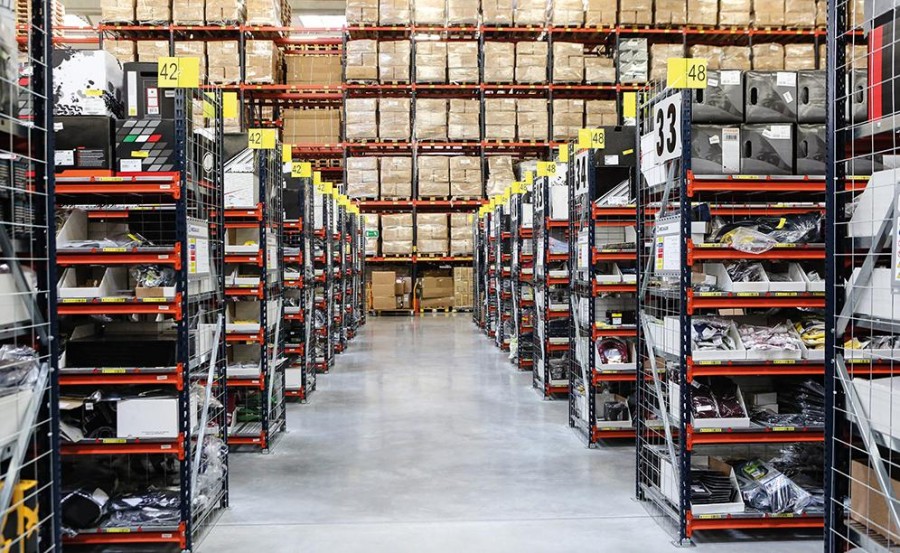
There were reports that changes to minimum wage legislation and employer national insurance (NI) contributions announced in last year's Budget were raising concerns about costs and reducing confidence, leading to cutbacks in non-essential expenditure at manufacturers and their clients alike. Conditions remained weak in both domestic and overseas markets at the start of 2025.
New export business has now fallen throughout the past three years, with reports of lower intakes of new work from the EU and Middle East during the latest survey month. Data on output and new orders broken down by company size signalled that the retrenchments in both variables hit small-sized manufacturers the hardest.
Downturns were also signalled for medium-sized firms, whereas production and new order intakes moved back into expansion territory for large companies. A similar picture was painted for the labour market, with rates of job loss steeper at small- and medium[1]sized firms compared to the cuts made in the large size category.
January saw the overall level of employment in the UK manufacturing sector decrease for the third successive month. Moreover, the rate of decline was the quickest for almost a year (since February 2024). There were reports of redundancy programmes, natural attrition and workforce restructuring being implemented to reduce costs. This process was often linked to changes to the minimum wage and employer NI announced in the Autumn Budget. Signs of excess capacity and low levels of business optimism also contributed to the latest reduction to staff headcounts.
Backlogs of work fell for the thirty-third month running, with small-sized manufacturers making the largest inroads into work-in-hand (although declines were also seen at medium and large companies). Optimism amongst manufacturers remained at one of its weakest levels over the past two years, recovering only mildly from the 24-month low hit in December. Lacklustre sentiment was blamed on government policy, recession fears, rising costs, higher interest rate expectations and cutbacks to non-essential spending. January saw a resurgence in price pressures, with input costs and output charges both rising at accelerated rates.
Purchase price inflation hit a two-year high, with the steepest upswing at consumer goods producers. Increased costs reflected suppliers' raising prices to reflect their own cost increases, material shortages and higher transportation costs.
Supply chains remained under duress in January. Increased shipping times, the Red Sea crisis, backlogs at ports, container shortages and regulatory issues all contributed to longer lead times.
Rob Dobson, Director at S&P Global Market Intelligence “The start of 2025 has seen the downturn in the UK manufacturing sector continue. Factory output, new orders and employment all fell further in January as companies faced weak market demand, rising costs and a deteriorating outlook.
"The latest survey also suggests that this retrenchment is being hardest felt among small companies. Large[1]sized manufacturers fared better, seeing output and new orders recover during January.
"There nevertheless seems little scope for any imminent improvement in performance across the board. Demand conditions remain weak in both domestic and overseas markets, cost pressures are rising and will likely continue to do so as changes to the minimum wage and employer NI announced in last year's Budget feed through. Business optimism consequently remains close to December's two-year low, while input price inflation has spiked to a two-year high.
"A stagnant economy and rising cost burdens leave policy makers with a real dilemma, balancing the need for rate cuts to support flagging growth and a declining labour market against the need to contain inflationary pressures."








